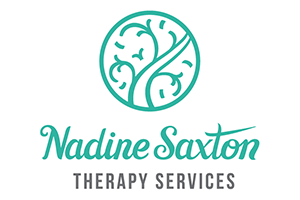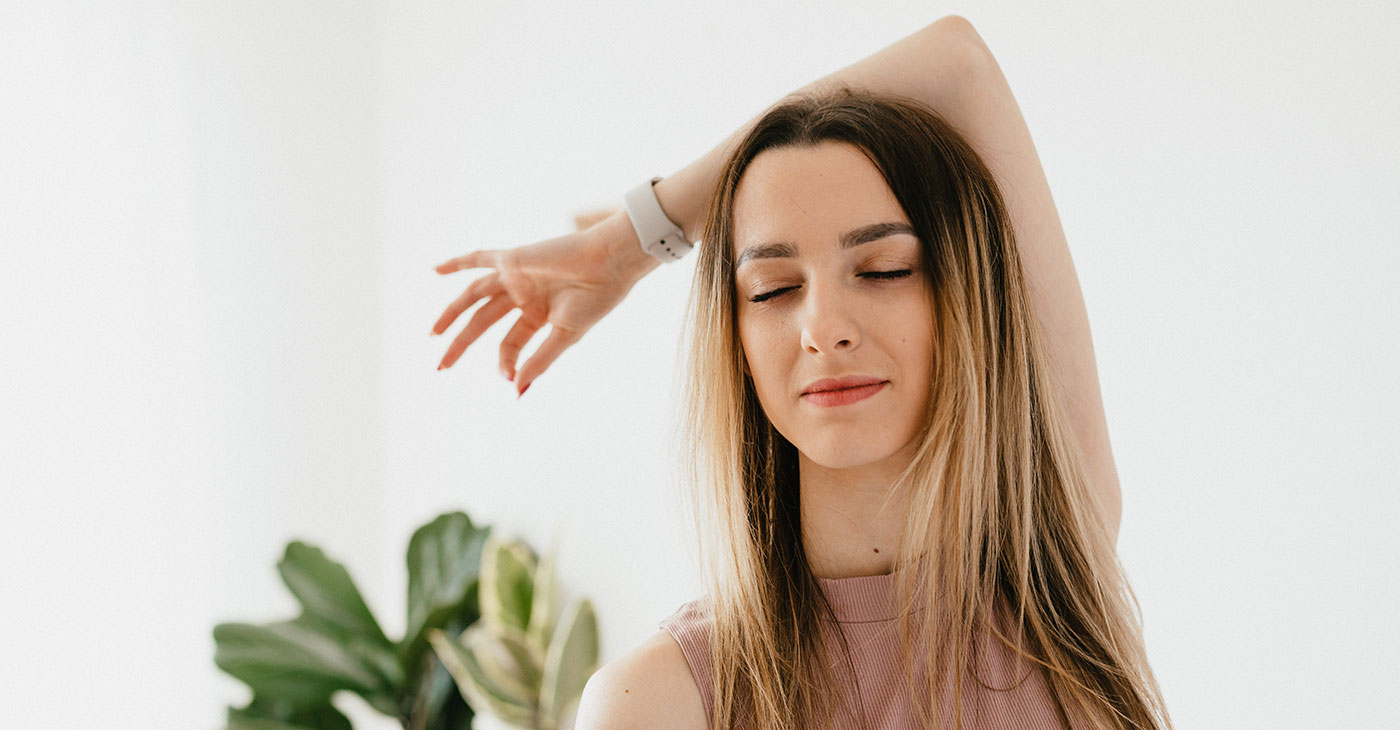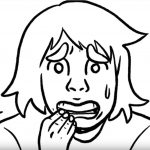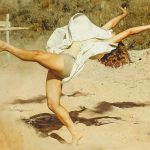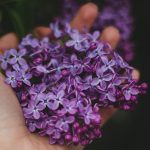“The stiff and unbending is the disciple of death.
The gentle and yielding is the disciple of life.”
Lao Tzu (c.604 – 531 B.C.)
In the somatic explorations I do in my classes, besides breath as underlying support, we constantly connect to conscious awareness of the curves of our spine. There are 33 vertebrae in 5 regions. Paying attention to the nature of our curves is increasingly important as we age.
Looking from a side view, as we move from the top of our head, to the tail of our body we can see the curves of our spine winding forwards and backwards. These curves are important for our flexibility, stability, protection of spinal cord and nerves, and are a most important role in posture, and locomotion.
The Facts: Names, Numbers and Figures.
Since our spine ends at the level of our ears, the backward curve of our occiput (the back of our head) supports the forward curve of the 7 cervical vertebrae of our neck. The bump at the base of our neck is Cervical vertebrae #7 (C7) and is a good place to find the start of our Thoracic spine.
The Thoracic spinal curve is backwards. Our 12 ribs connect to each vertebrae wrapping around to connect to the sternum in the front, either directly or though cartilage. This region is also known as our thorax. Because important structures in the thorax (the heart, lungs, and great vessels) are constantly moving, this is one of the most dynamic regions of the body, and one that can suffer immobility (I will write more about this region soon).
At the bottom of our thoracic spine, the “floating”11th and 12th ribs, (considered “floating” because they do not connect to the sternum via costal cartilage, rather they end in the musculature of the posterior abdominal wall, so don’t actually ‘float’), allow for greater mobility. Here also begins the small of our back.
Our Lumbar curve moves forward. Low Back pain is the most common complaint of people and this is usually in our Lumbar curve that has a lot of weight bearing, with little other bony support (as in ribs and hips) to translate weight.
These 5 vertebrae get larger as we move down towards our hip crests, where just below them, L5 meets S1, the sacrum which is a backwards curve of 5 fused bones. The Sacrum meets the ilia of the pelvis, and we get the Sacro-iliac joint. SI joint issues are also of concern to many people.
The final curve of our spine consists of 4 fused coccygeal vertebrae and make up our vestigial ‘tail’. It does have movement, but very little and if it curved more, would follow a forwards pattern.
Feeling the curves.
So from the side view, the cervical and lumbar and coccyx curves move forward, while the occipital, thoracic and sacral curves move backwards.
When lying on the ground we can easily sense the weight of our bones and feel the curves of our spines. If one curve is more pronounced, it will affect another area of your spine. If you have a pronounced forward curve at your neck, the backward curve of your thoracic region will counter this direction and this in turn will affect the forward curve of your lumbar spine. Weight bearing translations affect all curves.
If your cervical curve is pronounced by a habitual forward head action, (looking at computer, playing guitar, or other life activities) the muscles at the back of your neck most probably will be shortened and tight. When lying on the floor, put a book under your head to feel the support of the back of your occiput resting on the floor. If you feel any tension in your neck or shoulders, add another book. Your aim is to actively yield the held parts of your body into the earth.
Sensing weight, knowing ourselves
Just as sensing breath is an important element of somatic work, sensing our weight supports us in our understanding of being held, supported and, gives us information about our bodily container.
We gain a sense of the flow of our weight when we experience the growing expansiveness of our muscles when we inhale and we experience a sense of our weight and the condensability of ourselves when we exhale. When we experience a flow of breath and a flow of weight, we create clear energetic pathways for our fascia to facilitate clear movement.
Exploration for the curves…a wave
Lying on the floor, feel your weight melting into the floor connecting to gravity and actively sensing your material body. As you breathe, feel where you are in relationship to the curves of your spine and the floor.
Can you sense: the backwards curve of your occiput, the forwards curve of your neck, the backwards curve of your thoracic region, the forwards curve of you lumbar spine, the backwards curve of your sacrum. Sensing the weight and your body position is accessing and enhancing your proprioception.
Start with sensing your weight, then yield your heels into a connection with gravity, gently push into the floor. Notice how the weight in your spine shifts. Release, notice what happens to your weight and spine.
Now activate a muscular kinetic chain, by yielding your heels into the ground and flexing and extending rocking action with your ankles. Can you feel this movement ripple up your spine? If your chin does not bob, invite the action of nodding to match your ankles, and the rocking of your pelvis. You will be creating a wave of movement up and down your body.
Practice heel rocking and lying still, when you rest, can you sense the fluids of your body still rippling and waving headward and tailward? Doing so establishes vertical throughness as well as sets up the flow of CerebroSpinal fluid within your spinal column.
Spiral
Sense the weight of your head. Imagining it full of warm soapy water, or a warm viscous liquid helps. Allow your head to slowly roll from side to side. When you roll to the right, what does the left side of your neck feel like? Can you feel the roll move into your thoracic spine? Roll your head back to the center. Repeat to the other side. Does the spiral toward your tail feel the same?
Now sense the weight of your chest. Initiate a roll of your thoracic spine. You can put your fingertips onto your sternum to help you with clarity of intent. Leading from the centre of your chest, roll to the right. What happens to your head? Can you sense the spiral down into your lumbar region? Return your roll. Repeat to the other side. Roll back to the centre.
Initiate your next roll from your pelvis. Tap your right hip crest, and roll to the left. Feel your sacrum roll and peel off the floor. Roll back. Tap your left hip crest and roll to the right. Feel the peel of your sacrum off the floor. Can you feel the spiral up into your lumbar spine? Roll back. To make action feel a little different, try initiating the roll from your pubic bone – roll to the right and left. How far up your spine do you feel the spiral?
Top down, bottom up.
Lie on your back with your knees bent, feet on the floor. Feel the back of your occiput as you roll your head to the right, allow your shoulders to follow and feel your thoracic spine peel off the floor, continue to look over your right shoulder, as you roll onto it. Feel your lumbar spine peel off the floor as you continue to roll onto your right hip, your legs may fall to the right. Rest notice where your weight has fallen.
To return initiate from your coccyx, allow your sacrum to roll towards the floor, notice the spiral of your lumbar spine as your hip crests contact the floor. Your rib cage will follow moving up your thoracic spine, shoulder blades make contact as your cervical spine unwinds and your occiput rolls back to its starting place.
Knowing where we hold tension and how it affects our physical container also affects our mood. Pain makes people cranky, self deprecating, or mean. Not being able to move as we once did, or would like to, often makes people harsh and judgmental towards themselves.
Increasing our bodily modes of perception expands our kinesthetic empathy and supports developing our conscious awareness and ability for compassion. Sensing the waves and spirals through our body via weight sensing and breath support enhances our appreciation for them in the world. We expand our consciousness and accept ourselves where we are when we free the curves of our spine recognizing their role in posture, locomotion, flexibility, and stability.
